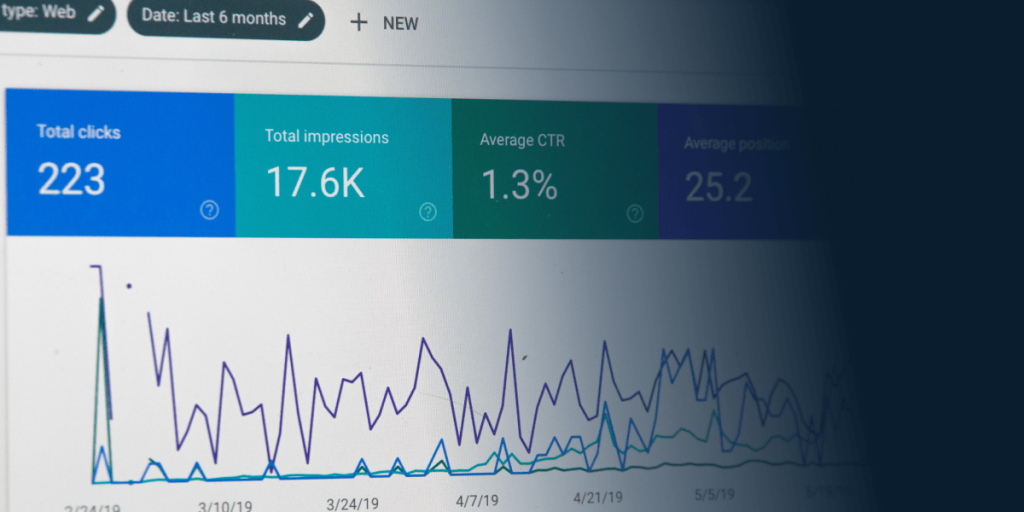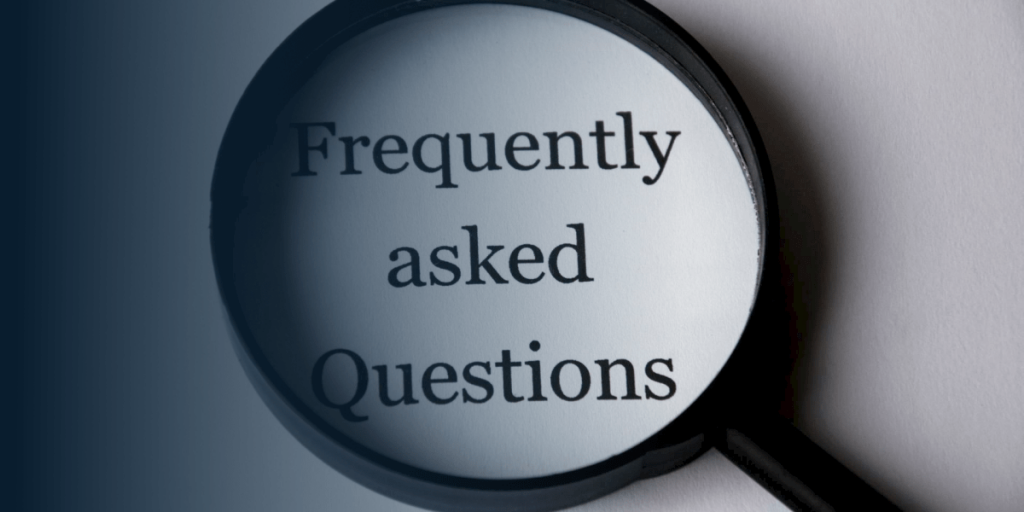The Importance of eCommerce Blog Strategy in Today’s Market
Nowadays, having a blog is not a nice thing to have anymore. It has become a MUST. eCommerce content marketing has grown and changed over the years, and having a blogging strategy in place will help your online business reach new heights. In this article, we will walk you through the pillars of eCommerce and teach you how to set an eCommerce blog strategy for great results.
What is a Blog?
A blog is a website or a part of a website that consists of content focused on a specific topic. Usually, it takes on a personal tone that helps connect the business to its audience. The reasons why people start a blog are to share their opinions, thoughts, passions or glimpses of their life/business; teach others what they know (tutorials on different subjects); building an email database; develop the brand and increase awareness; sell products or services or any combination of the reasons above.
Keep in mind that a blog is a commitment. Once your audience starts consuming your content, it is crucial to be consistent. Also, with a blog, you won’t see results right away. It is important to have patience and stay motivated.
Why Should You Run a Blog on Your eCommerce Store?

A blog will make a massive difference in all aspects of your business, such as awareness, SEO, engagement, lead generation and so on. According to TechClient, having a blog as part of your website increases your chances to rank higher in search engines by 434%. Also, based on the HubSpot report, having a blog as part of your eCommerce content strategy mix, you will get 67% more leads than businesses that don’t use a blog.
Below we will list the most important reasons we believe a blog will benefit your business:
1. Attract Your Target Audience
Having a blog will help you reach a vast audience by providing helpful information. You can present something of value to your users before encouraging them to perform any action.
We recommend choosing your title carefully and making it valuable, appealing, and clickable. By doing so, you can use your blog to promote your business and convert your target audience into customers or partners.
2. Improve Search Engine Optimization (SEO)
An active, relevant, and consistent blog will establish website authority. This will improve your business image, brand awareness, build trust and help your website rank higher in search engines. Your blog’s SEO strategy can be split into on-page SEO and off-page SEO. On-page SEO consists of utilizing keywords in your blog posts, and off-page SEO consists of getting backlinks from other high-authority websites. SEO articles in content creation strategy work like magic because it usually is a one-time effort to optimize your blog posts. Once it is done, you will just enjoy the continuous organic traffic to your website for a very long time.
To be sure you have done a good job, it is important to conduct keyword research and make sure you are using the right keywords. You can use tools such as Ahref and also check your competitor’s website to find out which words they are ranking for.
3. Inbound Links
Having a blog means that you receive 97% more links to your website than those who don’t use a blog. Inbound links are hyperlinks that take the audience back to your website and are somewhat like the soul of your website. You can think of them as the internet’s currency because high-quality backlinks from trusted sites help your website get a higher rank in search engine results. The more you write about useful things, the higher the chances of getting inbound links.
4. Connect with customers
To connect with your customers, make your blogging style personal, realistic, and keep your audience informed. Enable the comment section and respond to comments in the most honest way possible. Offer in-depth knowledge about your business, products, or services and also promote your latest offers. Do not forget to stay true to your values and bring your business culture into the writing style.
5. Social Media Integration

Social media helps you grow your community, engage with your customers and share relevant content. All of these factors will impact your SEO by letting Google know that people find your eCommerce website and brand valuable and trust-worthy. To increase your social media platform’s impact, we recommend adding social buttons to your product pages, blog posts and homepage.
6. Organic Traffic
A blog is an on-going collection of articles, expertise, and keywords that any SEO campaign and marketing strategy demands. A study from HubSpot shows that 75% of users don’t go beyond the first page of search results. With that in mind, being listed on the first page in Google search results, or any other search engines is very important for your business. The more your company is listed in search engine results, the more traffic you will get to your website. Besides your SEO strategy, this can only be done through blogging and the use of keywords.
SEO cannot be done without words, this is the reason why blog posts are so important.
7. Lead Generation
One of the most rewarding benefits of a well thought out blogging strategy is converting your traffic into leads. Qualified leads can be attracted by the content you share, authority, and trustworthiness. We recommend using lead magnets. A lead magnet means providing value through your content, solving a specific problem in exchange for subscribing to your newsletter, etc.
From our experience, the most valuable organic leads visit your website when you manage to identify a common issue that your ideal client struggles with. Use that to create a detailed infographic or an educational ebook in the form of a lead magnet.
If you are not sure you can create search engine optimized blog posts, send us a message here, and we can discuss how to improve your website’s ranking.
Why eCommerce Businesses Need a Blog in 2020?
A blog is a must for your business, especially in 2020. We have compiled a list of blogging benefits and organized them into three main categories:
1. Building your Brand
- Reach new audiences besides your target audience;
- Exhibit your products or services;
- Emphasize your company’s story and values to better connect with your audience’s values;
- Become a trusted authority in your market’s niche.
2. Traffic and Lead Generation
- Bring more traffic to your website only from organic search and social media shared posts;
- Bring more traffic to your website at a lower cost than product advertising;
- Convert visitors into buyers or subscribers and increase conversion rate;
- Generate valuable leads, grow your email database and social media community.
3. Acquire and Retain Customers
- Get your audience more engaged across channels with blog posts;
- Encourage your audience to share your content on Facebook, Instagram, Twitter, etc. with 0 costs;
- Lower customer acquisition cost;
- Offer your customers a reason to come back even when they do not have a shopping mindset.
Pillars of eCommerce Blog Strategy
We believe that in any successful eCommerce blogging strategy are 4 fundamental pillars that bring great results and value to your business:
- Goal setting – do not write about whatever comes to your mind. Write with a purpose. Every blog post should be a part of your purpose. Break your main goal into smaller chunks and see how everything is going to piece together towards your biggest goal. It could be about hitting 5.000 email subscribers or have $10.000 in monthly sales.
- Review audience goals – think about your audience goals and intentions. If you focus only on your goal and the content you are offering is not valuable to your readers, you might kill your business. Plan your content with the mindset of benefiting both you and your customers. We recommend reading the article on attracting customers to your website based on user intent for a better understanding of your audience.
- Build brand image – this should help you stand out and make people trust you. There are tons of brands on the market in every niche, but only those perceived as “trustworthy” will stand the test of time and constantly increase their user database
- Invest in your blog – using paid advertising with your content efforts should result in more tangible results, encouraging you to keep moving forward. Just remember, while paid advertising gives exposure, it’s the valuable content that makes people keep coming back.
Get More eCommerce Tips for Blogging Strategy

Like any other business activity, make sure your blogging strategy has a purpose and a plan to ensure the best results. Align your strategy with your business goals.
A blogging strategy is a complex plan that outlines the essential steps to follow when creating any piece of content for your blog. Your blogging strategy must be part of your inbound marketing strategy to maximize the results.
We recommend the following steps for every blog post:
- Have a goal – what do you want to get out of your blog post;
- Define your buyer persona – who’s your ideal customer?
- Analyze your competition – what is your competition doing on blogging, and how can you make it better?
- Have a keyword strategy – perform keyword research and choose 2-3 keywords you want to rank for;
- Determine the channels you want to promote your blog on;
- Have a blog posting calendar.
Without a well-thought strategy, you may lead to critical issues that will waste your time and resources. For example, when you create a blog post without conducting keyword research, your article will get lost in search results because it will only appear in 3+ pages. This will limit the views from your target audience. Creating a blogging strategy and planning a blog calendar will ensure you post strategically.
Blogging Content Must-Haves
99% of users will never purchase from the first visit to your website. Give them something that will make them come back, and the more they return, the higher are the chances to buy.
We strongly recommend having the following characteristics in mind when writing a blog post:
- Evergreen – this means your content must be timeless and relevant. You will get better search rankings, more organic traffic, and enhanced lead generation.
- Long-form – statistics show that most of the top 10 positions in Google searches have content of at least 2000 words. Focus on creating posts of at least 1000 words.
- Include links – adding internal links and have a link building strategy in place can skyrocket your website traffic. This is one of those on-page SEO optimization techniques that still works like a charm.
- Provide answers – regular users don’t just use keywords when doing their searches. They rather type in questions, and the better you insert those questions into your posts and add the desired answers, the more buzz your business will generate.
What Makes a Blog Post Good (or, even better, Great)?

A blog post is a great post when it incorporates all the details we mentioned in this article. Plenty of businesses will abandon the idea of blogging because they don’t know what to write about, especially when you have an eCommerce website with a lot of products.
Here are some suggestions that we think will help you figure out at least where to start:
- Tutorials – teach your audience how to use a particular product;
- Demonstration – show your customers how to solve a problem by using your product;
- Particularities – describe specific features that not everybody is well aware of;
- News – share everything new within the industry, such as product releases or updates;
- Offers – introduce giveaways, promotions, selloffs, and any other discounts you are offering;
- Reviews – write individual product reviews and comparative review or about top performers;
- Facts – compile interesting facts about specific products, letting your audience know how it was made or how was invented;
- FAQs – create individual FAQs for specific products and answer as many questions as you can;
- Recommendations – compile useful resources for your audience’s needs by writing informative recommendations such as “Top 10 articles on X topics that you should know about”.
How to Promote Your Blog?
First of all, we recommend starting with on-page and off-page SEO. We talked about this topic at the beginning of the article. This strategy will optimize your website for organic search and increase your traffic. Keep in mind that it will take from 6 months to 1 year to see results based on your industry and optimized keywords.
Now, let’s dive into digital marketing tools you should take advantage of and see great results:
Email Marketing
Promote your blog articles to your subscribers by sending out newsletters. One very important fact to have in mind is the subject line. Make sure it sparks interest because 69% of email recipients report emails as spam based only on the subject line. As metrics to consider for a newsletter’s success are the opening rate and the click-through rate.
Social Media Networks
Share your content across your social media platforms, such as Instagram, Facebook, Twitter and take advantage of the communities created across these platforms. Update your social media content with your latest posts. This strategy will drive sales. If you have followers and fans, this means people are interested in your brand, what you stand for, and your products. Provide a link to your newest article to boost your blog’s traffic.
Forums
Conduct research and make a list of forums related to your industry and search for related online communities such as Reddit communities. Engage with people online to advertise your blog. Make the best of this tactic by participating in discussions and debates to build a strong online presence and get more followers. Pay attention to the quality and helpfulness of the content you post on these communities and forums. People will only click on the provided links to your blog posts if you prove to be credible and trustworthy.
Influencer Marketing
Identify the most influential people in your business niche and email your content to them. Contact them with a nice and friendly message and always ask permission to send them the link to your latest blog post and website. This approach will increase the influencer’s engagement, and you will stand out.
Ads
Lastly, consider investing in ads. This will guarantee a higher reach on your target market, a significant increase in website traffic, and most probably on sales. Define your goals and your blogging strategy to choose the best types of ads for your business. Based on your objectives, you might consider Instagram and Facebook Ads, Google Ads, influencer paid campaigns, remarketing, etc.
Best Practices
After setting goals aligned with your business and your target audiences’ goals, it is important to follow a checklist of best practices that we strongly recommend for achieving great results.
- Insert CTAs – to encourage readers to subscribe or share your posts. This will grow your blog subscribers and reach.
- Link product pages – this will generate same-day or immediate sales. Do not include this in all your posts, make sure that you do it only in some of your blog posts. This is a more aggressive method to convert.
- Valuable content – by creating valuable and authentic content that people will want to share and identify with will get you more inbound links.
- Long-tail keywords – when you focus your posts on the questions people type in Google and optimize the texts accordingly, you will improve your rankings.
- Measure the results – you should always measure your articles’ impact to improve your results. Select metrics that help you reach your goals, such as RSS and email subscribers, transactions in Google Analytics, new links from new domains, and referral traffic over time, page ranks, and keywords.
Our Tips and Tricks for Your eCommerce Blogging Strategy

When it comes to strategy and eCommerce blogging, we are a great option for your business. Our expertise in digital marketing covers all the needed key points for a successful business in every industry. Our services are divided into two services: consulting and strategic SEO solutions. If you opt for consulting services, we will offer you all the tools, but you will be responsible for implementing them, but if you opt for a full service, we will propose, consult with the client, create and implement everything.
Our take on eCommerce blogging strategy is complex and complete and we will give you the tips and tricks you need to start working on your blog.
Follow the steps below and stand out in your market industry:
- Do your homework on both industry and competition;
- Know your audience and how to connect with it;
- Set goals and objectives;
- Perform keyword research and choose 2 to 3 words to work on;
- Analyze your competitor’s keywords;
- Create a blog post calendar and focus on quality, not quantity;
- Align landing pages with your strategy;
- Promote your products within your blog posts and use internal linking;
- Take advantage of Social Media, forums, and communities;
- Analyze the performance, twitch and improve your articles;
- Have patience!
We know that this is a lot to digest. Understanding how to put in place a good blogging strategy for your eCommerce website can take a while and it also needs A/B testing. Luckily, we are here to help you out. Drop us a message and let’s take your business to new heights.
Frequently Asked Questions
We recommend starting by knowing your audience extremely well, such as what they like, who they are, and their online behaviour. You write for your audience, not for yourself.
You should share it across your social media accounts. Let your customers engage with you. Answer their questions and comments.
Of course, but do it smart. For example, write an article about using that specific product or why it is worth buying.
A blog takes time to show results. Therefore, do not expect to see great results in less than 6 months.